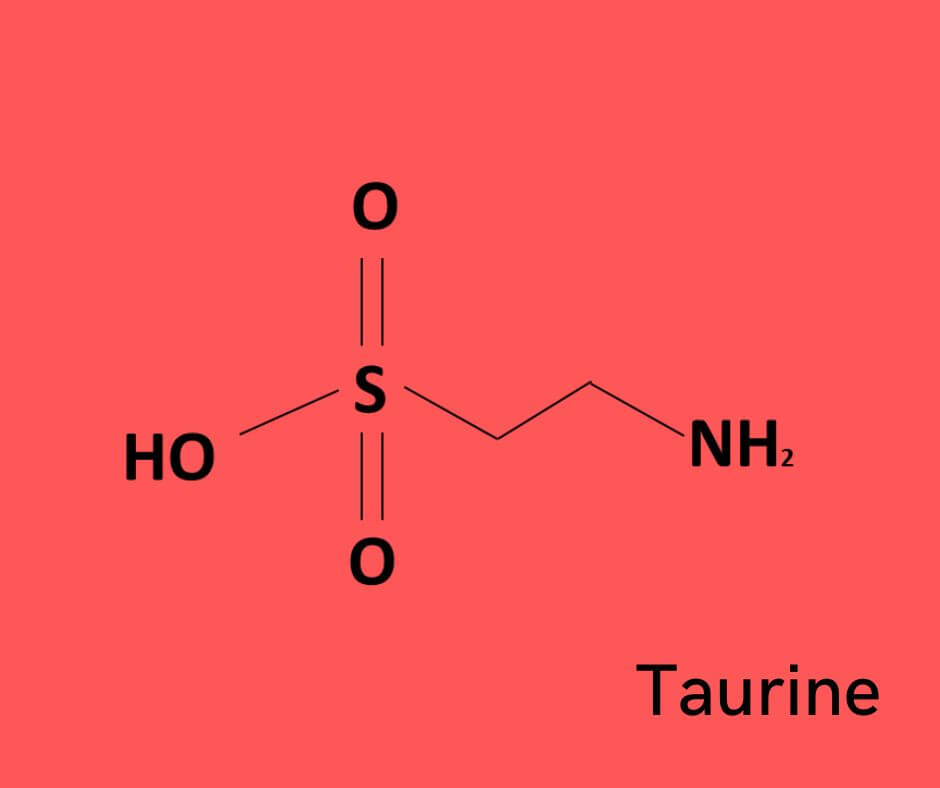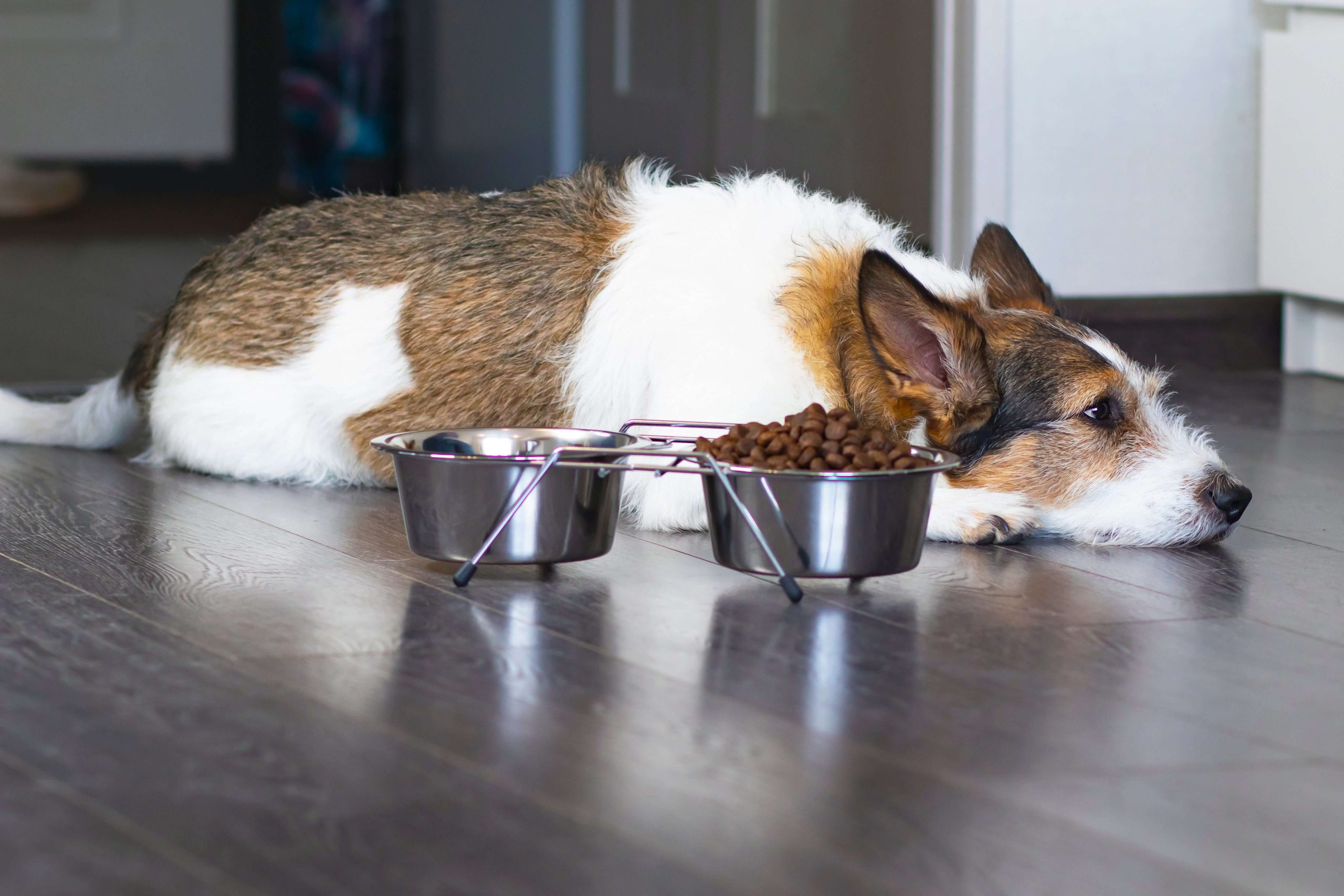
Taurine – why do we add it to our senior diets?
July 21st 2022
This is a great question!
To answer this question let’s first discuss what taurine actually is.
Taurine is an amino acid. Amino acids are the building blocks that bind together to form proteins, so a protein is basically a chain of amino acids – you can think of the amino acids as beads and the protein as the complete necklace. The different sequences of amino acids in the chain affects the structure and function of the protein.
There are 20 amino acids that make up the proteins in humans, dogs and cats. However, dogs can only make 10 of these amino acids in their body, the other 10 must be provided by their diet. The amino acids they need in their diet are called essential amino acids.
Taurine is one of the amino acids that dogs can make in their body, this is different to cats who need taurine in their diet to survive.

What is taurine used for?
Taurine has many functions including maintaining a healthy digestive system where it is involved in creating bile salts to break down fat. It also has roles in keeping the brain, eyes, muscle tissue, heart (and other organs) and nervous system healthy, plus much more.
If dogs can make their own taurine, why do we add it to food?
Good quality complete diets with adequate amounts of high-quality protein should enable most dogs to produce their own taurine. However, some senior dogs may have a reduced appetite or have digestive problems that reduce the nutrients they absorb. In addition, heart disease becomes more prevalent as dogs age and a taurine supplement has been shown to help improve cardiac performance in dogs suffering from heart failure.
Both our Senior Protect & Care Salmon & Brown Rice and our Senior Sensitive Care Turkey & Sweet Potato contain added taurine.
Photo of elderly dog by Maria João Correia on Unsplash

 Shop Dog
Shop Dog
 Shop Cat
Shop Cat
 Vet Know-how
Vet Know-how Contact
Contact


